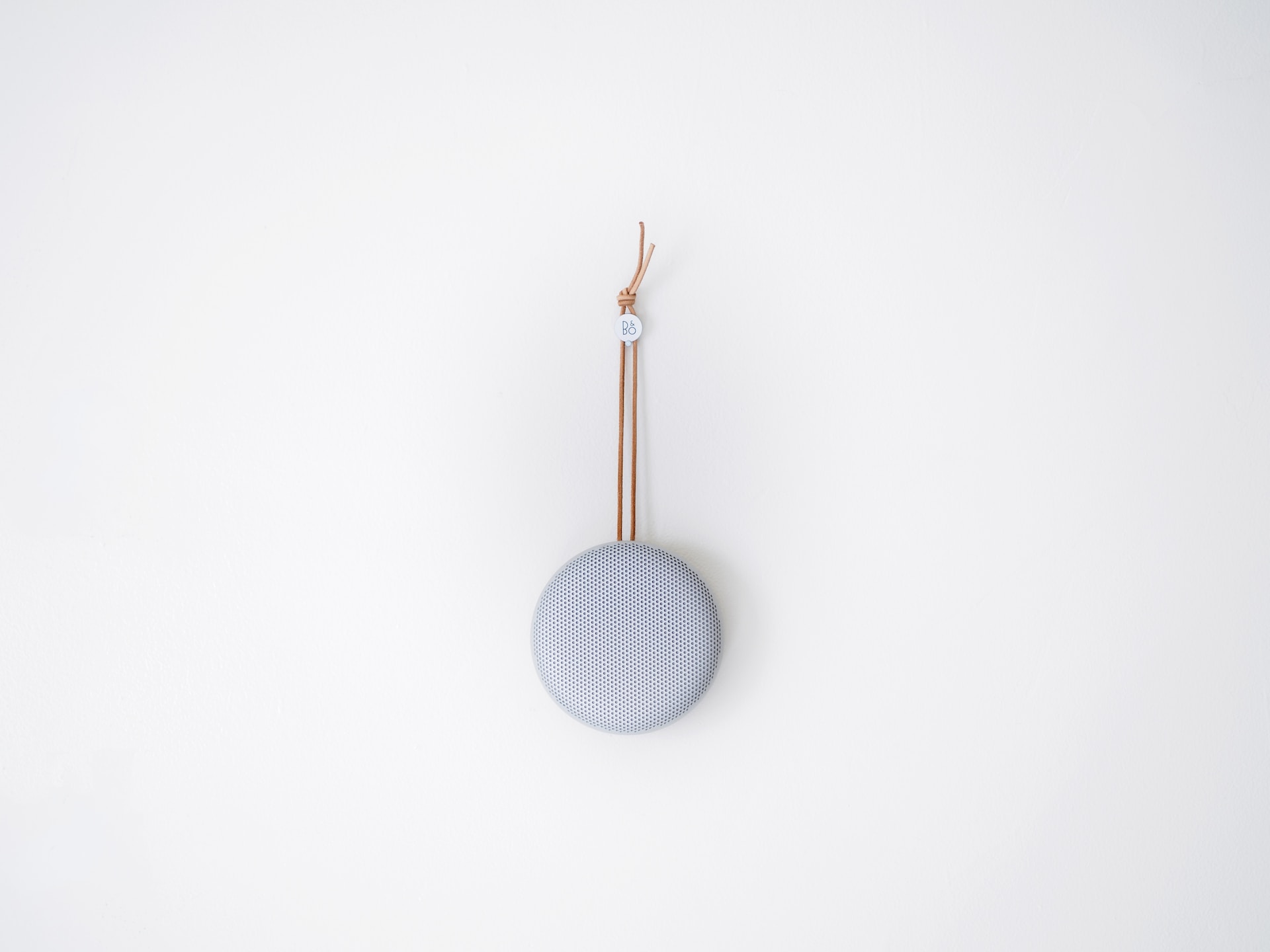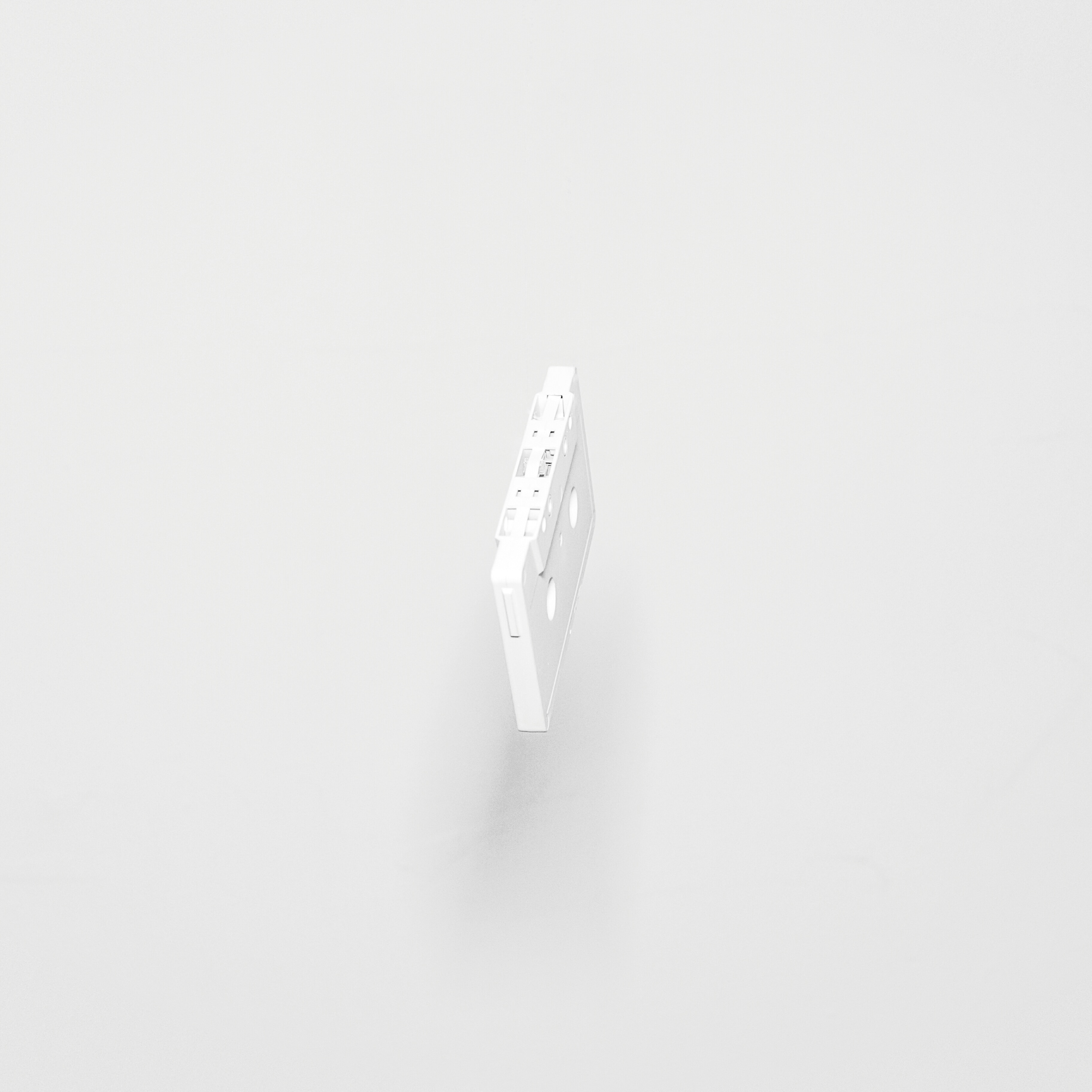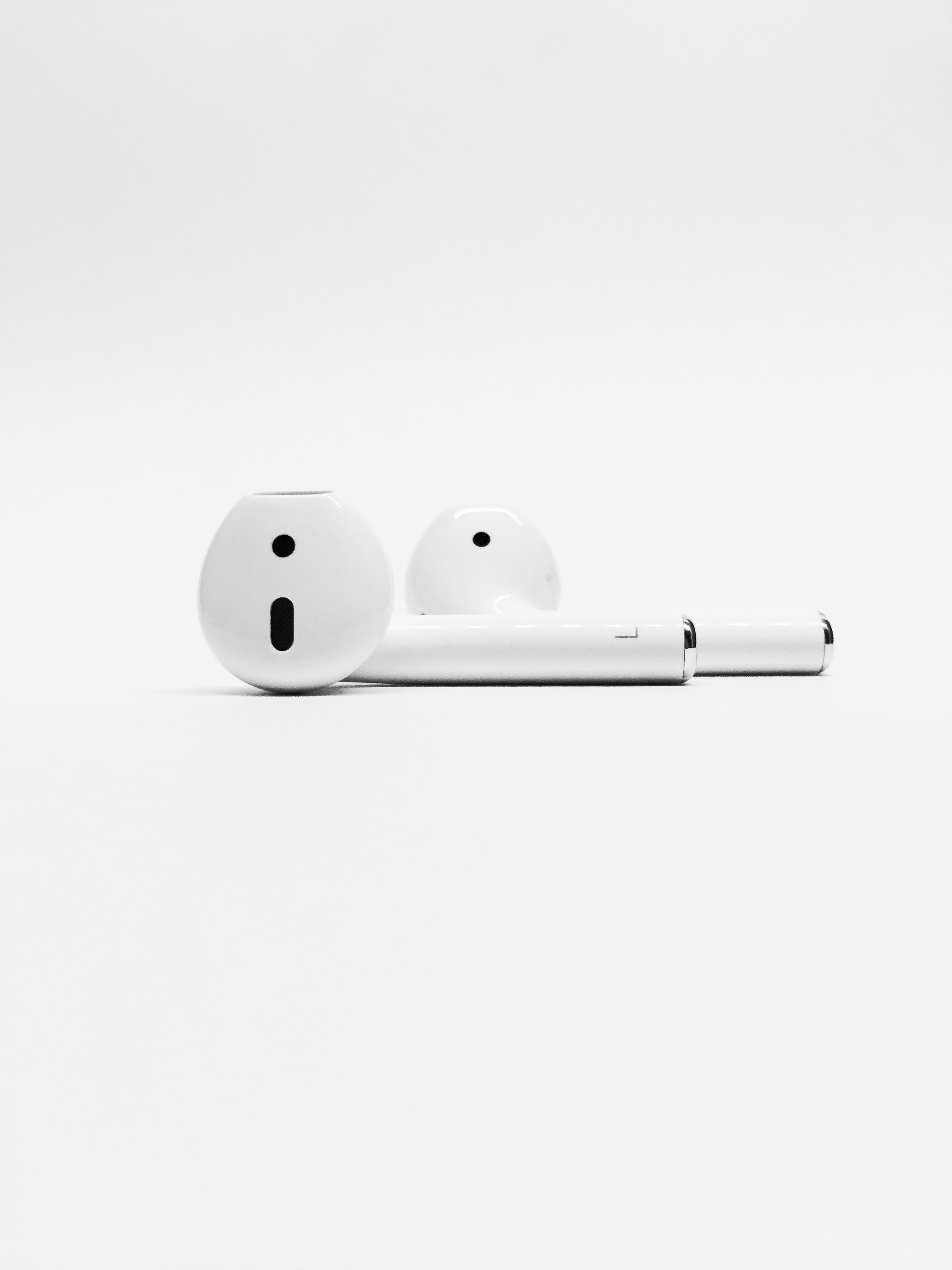Wisdom
During my time at Tradeteq, I embraced a diverse range of responsibilities that extended from hands-on feature development to high-level strategic planning and the creation of a comprehensive design system. One of the standout features I worked on was the Marketplace, a critical component of our product offerings.
Team
2024
Product Design, Brand Design
Emma Kim (Lead PO), Karl Inglis (Lead FE), Allegra Perrazo (FE), Azim Bhayla (BE), Emre Pelit (BE), Ramya Umasankar (Test)
UX/UI lead, Researcher
2022-2023, 3 Months
About Tradeteq
In the world of private debt and real assets, both Asset sellers and institutional investors face distinctive challenges. Private debt pertains to any type of debt financing that is not publicly traded, while real assets refer to physical or tangible assets, such as commodities, infrastructure, and real estate. Institutional investors find it difficult to efficiently identify, engage and transact with Asset sellers due to the need for specialised due diligence, the transformation of liquid assets into tradable instruments and specific reporting mandates. On the other hand, many Asset sellers encounter obstacles in acquiring funding from institutional investors. The complexities in the process introduce significant friction costs.
Tradeteq facilitates the end-to-end trading and reporting of assets between Asset sellers and investors. The platform streamlines all necessary transaction processes between asset seller and an institutional investor.
The Challenge
Before I joined, the existing Marketplace feature was underutilized by both Originators (Asset sellers) and Funders (Buyers) due to its complexity. This resulted in the product team needing to guide clients/users through the process, hindering overall efficiency and cost.
The business aimed to develop a user-friendly Marketplace tailored to the needs of its core users, enabling them to complete their tasks with ease. The project's goal was to identify user pain points and requirements to develop a Minimum Viable Product (MVP) of the Marketplace. This MVP would allow Originators and Funders to trade assets effortlessly.
User Research
We had limited access to users, which made it difficult to fully understand their needs.
Design System
We didn’t have a design system in place. Although we used Google’s Material Design as a reference, we needed specific components tailored to our platform that weren’t available in the existing framework.
Self-Service Transition
Transitioning from a sales led approach to a self-service approach was challenging because many system parts were interconnected, requiring us to solve one problem to address another.
User Permissions
The roles of various users were not clearly defined within the platform so assigning user specific task (necessary for a good user experience) was slightly time consuming
Timeframe and Goals
Delivering the project within the set timeframe while aligning with business goals was critical challenge
Need Statement
I recognized that our focus had been predominantly on features and functions rather than on user needs and outcomes hence we defined some need statements to shift our focus on what the users might actually need.
"Originators need a way to access different buyers and sell their assets efficiently to maximise their earnings"
"Funders need an efficient way to connect with various sellers, conduct thorough due diligence, and fulfill other requirements to make informed investments and maximize their returns."
Approach
Animated Grid Background
Questioning the Current Process
One observation I made was that, despite using agile methodologies, previous iterations had lacked active feedback collection. To address this, I introduced lean UX methods in our current approach. This shift ensured that we gathered feedback at every stage of the process and fostered enhanced collaboration within the team.
Research
I aimed to integrate user research into our organization's processes, but previous attempts were hindered by time and budget constraints. Additionally, we were cautious about maintaining our existing client relationships, making it challenging to engage directly with users. The absence of established analytics further complicated our efforts.For this project, however, I was determined to take a different approach. I was particularly focused on gathering user feedback on the current process to better understand their pain points and improve our offerings accordingly.
Engaging directly with our active users remained a challenge, so I began by identifying those closest to them, including product owners, operations, and the sales team, to gain insight into the pain points users were experiencing with the current process. These stakeholders effectively acted as proxy users, providing valuable perspectives. To further understand the user experience in the current process, I conducted usability tests across different departments, allowing me to witness firsthand the issues users faced. Additionally, I consulted with the CEO to gain a clear understanding of the vision for the new marketplace and align our designs with the product’s future goals.
Personas
Personas were created with the help of chief product owner and the sales team
User Journey & User roles
In analysing the site map and user roles, we aimed to understand the responsibilities and tasks associated with buyers and sellers. We discovered that some steps were interdependent, and our goal was to streamline the process by eliminating unnecessary steps and automating where possible. For example, setting up counterparties (individuals you wish to trade with) which was sort of like adding beneficiaries in your banking app was previously a prerequisite for creating an offer. From a marketplace perspective, we wanted to ensure this did not become a barrier to entry. Therefore, we considered making it an optional step for users, with clear guidance on how to set it up if needed.
Ideation Workshop
I organized an ideation workshop with product owners and developers to brainstorm and evaluate potential solutions. The primary goal was to generate innovative ideas, assess their feasibility, and outline a timeline for implementation. By involving developers early in the process, we gained valuable insights into the technical feasibility of the proposed ideas. Including a diverse team in the ideation phase allowed us to view the problem from various perspectives and leverage a range of expertise, resulting in more well-rounded and practical solutions.
Experience Map
By the end of the ideation workshop, we had a clear vision of the user experience we aimed to achieve. Based on technical feasibility, budget constraints, and project timelines, we outlined both the long-term and short-term user experiences. This included defining the scope for the Minimum Viable Product (MVP), ensuring that our immediate goals aligned with our broader objectives while remaining practical and achievable within the given constraints.
Delivery
During the delivery phase, I held design critiques at each stage to gather feedback, assess technical constraints, and ensure that business requirements were being met. To provide the team with a comprehensive understanding of the entire workflow, I created detailed sketches based on the experience roadmap. This visual representation helped clarify the complete process, facilitating better alignment and coordination across the team.
Low fidelity wireframes and design critique
I developed low-fidelity wireframes to quickly outline the flow and key elements for each workflow. Throughout the process, we continuously iterated on these wireframes, critically assessing and refining the existing workflows to improve the overall user experience. This iterative approach allowed us to tighten and optimize the flow based on feedback and emerging insights.
Mid fidelity wireframes and design critique
Based on the feedback and questions from the previous design critique, I advanced to developing mid-fidelity wireframes to solicit further input. During this phase, we reviewed design components and patterns to determine if any new components needed to be created, while making an effort to reuse existing components whenever possible. Additionally, we used this opportunity to align our MVP scope and refine our delivery plan, ensuring that our designs met the project’s requirements and goals.
Impact
Usability testing
Based on the feedback and questions from the previous design critique, I advanced to developing mid-fidelity wireframes to solicit further input. During this phase, we reviewed design components and patterns to determine if any new components needed to be created, while making an effort to reuse existing components whenever possible. Additionally, we used this opportunity to align our MVP scope and refine our delivery plan, ensuring that our designs met the project’s requirements and goals.









